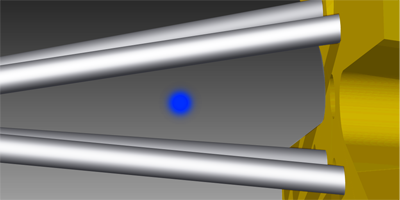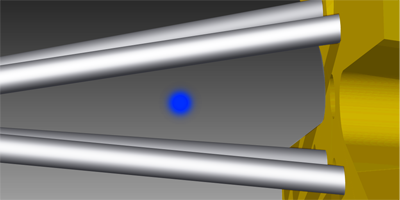“Squeezed” Engine Could Break Thermodynamic Limits
Classical thermodynamics developed in an era when the typical engine weighed over a ton. Now, researchers study engines small enough that quantum effects can be considered and well-known limits may no longer apply. In a paper in Physical Review Letters, physicists envision a nanoengine that takes advantage of “squeezed” states whose noise is concentrated in one parameter and reduced in another. The authors find that the efficiency of this device could be at least a factor of higher than the classical Carnot limit.
The Carnot limit gives the maximum efficiency (work output divided by heat input) for a heat engine driven by the temperature difference between two thermal reservoirs. However, this limit does not apply to reservoirs that are engineered to be out of thermal equilibrium. Recent theoretical work has shown that engines coupled to reservoirs exhibiting quantum correlations or coherence can surpass the Carnot bound.
Johannes Roßnagel from the University at Mainz, Germany, and his colleagues have imagined a new nanoengine design where squeezing puts the system out of equilibrium. A squeezed state has a nonuniform distribution of noise. For example, an oscillator might have less noise in its amplitude but more noise in its phase. The researchers investigated an engine consisting of a single trapped ion, whose state is characterized by its oscillation around the trap axis. The reservoirs in this case are two laser fields tuned to add or remove oscillation energy from the ion. When the higher-temperature reservoir is squeezed, more energy is added to the ion, allowing it to produce more work. In their calculations, the researchers adjusted the engine’s parameters for maximum power and found that squeezing can raise the efficiency to for a realistic trapped ion system. – Michael Schirber





